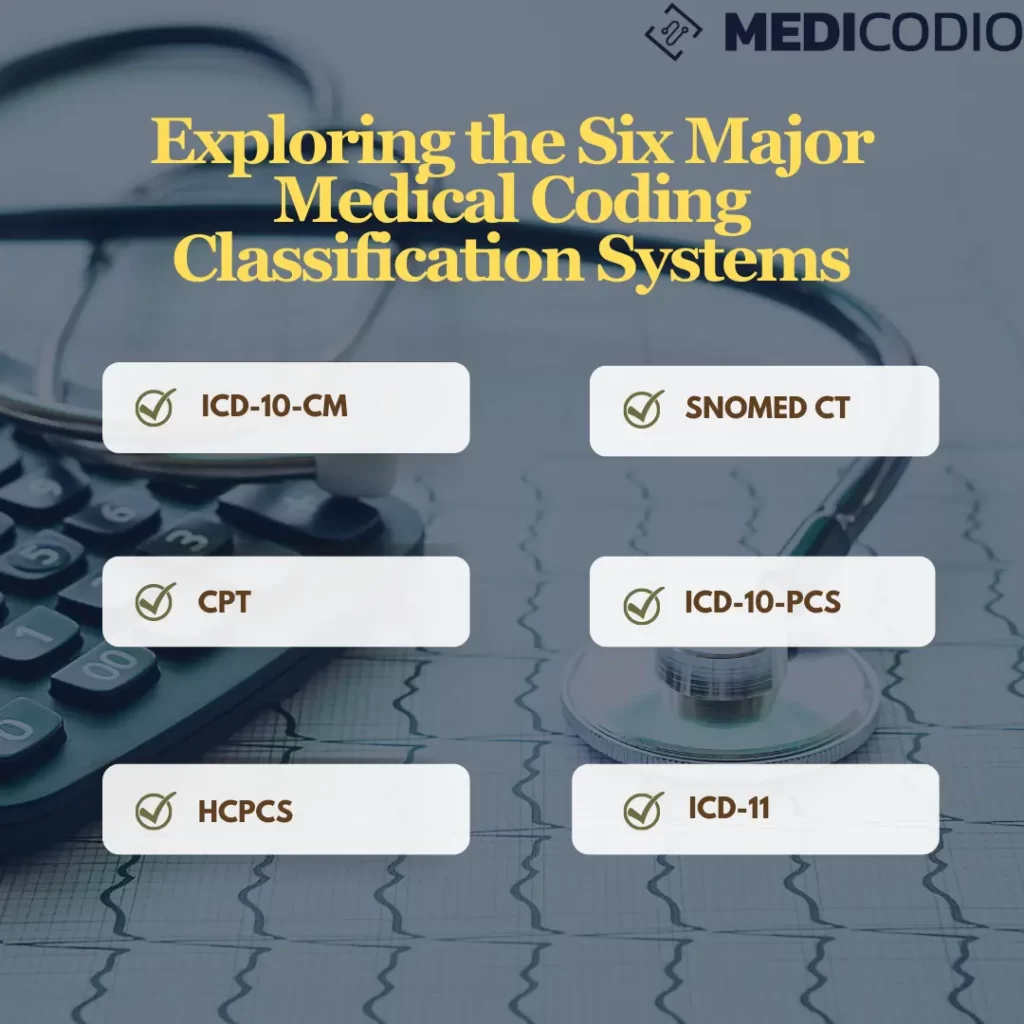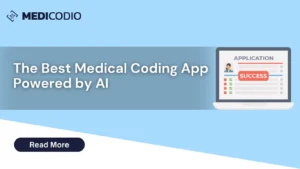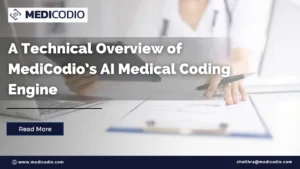Medical coding is a crucial link between patient services and hospital reimbursement. It involves the transformation of medical diagnoses, procedures, and services into alphanumeric codes for easy documentation and billing. Medical coding is essential for accurate billing, streamlined communication, and proper patient care. To achieve this, the healthcare industry relies on a set of standardized classification systems that facilitate uniform coding. In this article, we’ll delve into the six major medical coding classification systems that are paramount in identifying and managing medical codes.
1. ICD-10-CM (International Classification of Diseases, 10th Edition, Clinical Modification)
ICD-10-CM is a widely used medical coding system that classifies diseases and conditions. It is employed by healthcare providers, insurers, and government agencies to record and analyze morbidity and mortality data. This system offers an extensive range of codes that provide detailed information about various health conditions. ICD-10-CM codes consist of three to seven characters, including both letters and numbers, allowing for accurate categorization of diseases and related conditions.
2. CPT (Current Procedural Terminology)
CPT codes are maintained by the American Medical Association (AMA) and are utilized to document medical procedures and services provided by healthcare professionals. These codes play a vital role in the billing process and ensure that medical services are accurately translated into standardized codes for insurance claims. CPT codes are categorized into three levels, with each level representing a different aspect of medical care: procedures, services, and emerging technologies.
3. HCPCS (Healthcare Common Procedure Coding System)
The HCPCS coding system serves as a supplement to the CPT codes and is primarily utilized for services that are not covered by CPT codes. This system consists of two levels of codes: Level I, which is identical to CPT codes and represents procedures, and Level II, which covers supplies, equipment, and other services not included in Level I. HCPCS Level II codes are essential for accurately documenting items like durable medical equipment, prosthetics, orthotics, and more.
4. SNOMED CT (Systematized Nomenclature of Medicine – Clinical Terms)
Unlike the aforementioned coding systems, SNOMED CT takes a comprehensive approach by providing a standardized clinical vocabulary that covers a wide range of healthcare concepts. It facilitates the exchange of clinical information across various healthcare settings, enabling better communication and interoperability among different systems. SNOMED CT’s extensive terminology encompasses clinical findings, procedures, pharmaceuticals, and more, contributing to improved patient care and research.
5. ICD-10-PCS (International Classification of Diseases, 10th Edition, Procedure Coding System)
ICD-10-PCS is specifically designed for coding medical procedures and surgeries. Unlike ICD-10-CM, which focuses on diseases and conditions, ICD-10-PCS employs a seven-character alphanumeric code structure to provide detailed information about procedures performed in healthcare settings. This system is vital for accurate billing, research, and monitoring trends in medical procedures.
6. ICD-11:
The International Classification of Diseases, 11th Revision, is the most recent version of the ICD. It is a comprehensive system for classifying diseases, injuries, and other health conditions. The ICD-11 is used in over 100 countries around the world.
Overall, the world of medical coding relies on six major classification systems to efficiently manage and communicate medical information. From documenting diseases and conditions to detailing procedures and services, these coding systems play an integral role in accurate billing, data analysis, and patient care. Familiarity with these systems is essential for healthcare professionals, administrators, and anyone involved in the intricate web of medical documentation and management. As the healthcare landscape continues to evolve, the utilization of these coding systems ensures standardized practices and streamlined medical coding operations.





